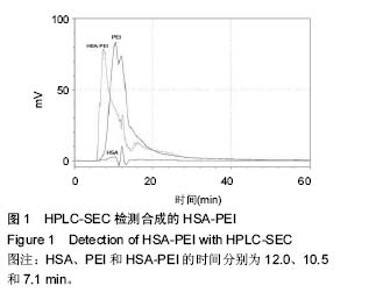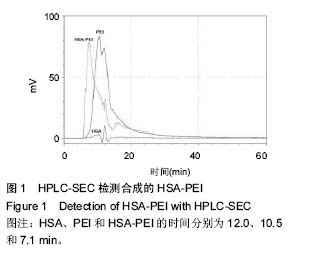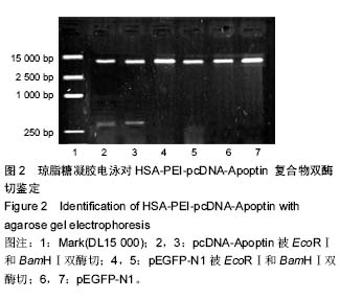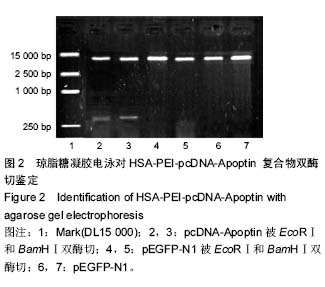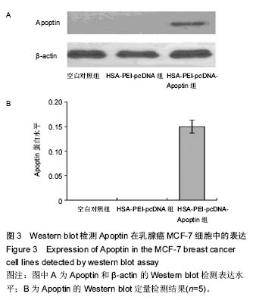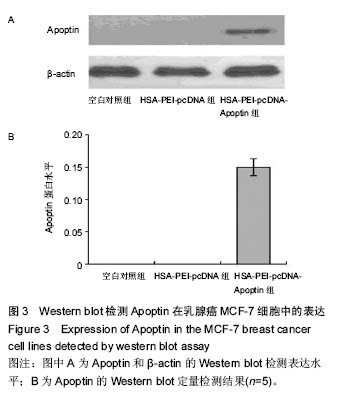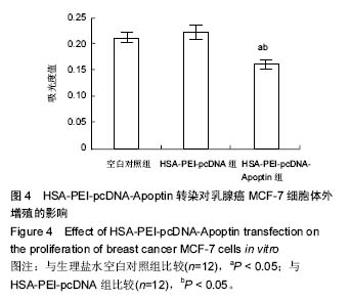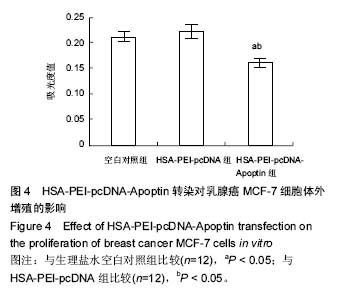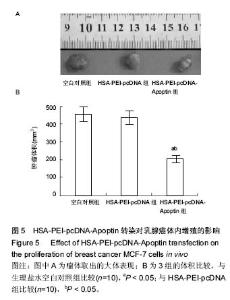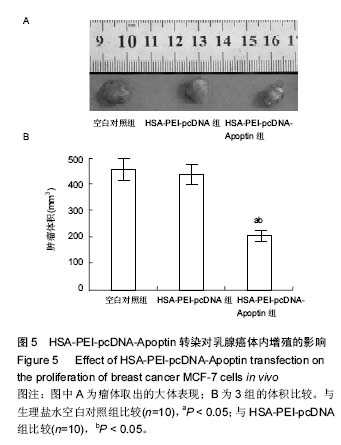| [1] Rollano Peñaloza OM, Lewandowska M, Stetefeld J, et al. Apoptins: selective anticancer agents. Trends Mol Med. 2014;20(9):519-528.
[2] Backendorf C, Noteborn MH. Apoptin towards safe and efficient anticancer therapies. Adv Exp Med Biol. 2014; 818:39-59.
[3] Zhou S, Zhang M, Zhang J, et al. Mechanisms of Apoptin-induced cell death. Med Oncol. 2012;29(4): 2985-2991.
[4] Russo A, Terrasi M, Agnese V, et al. Apoptosis: a relevant tool for anticancer therapy. Ann Oncol. 2006; 17 Suppl 7:vii115-23.
[5] Noteborn MH. Apoptin acts as a tumor-specific killer: potentials for an anti-tumor therapy. Cell Mol Biol (Noisy-le-grand). 2005;51(1):49-60.
[6] Maddika S, Mendoza FJ, Hauff K, et al. Cancer-selective therapy of the future: apoptin and its mechanism of action. Cancer Biol Ther. 2006;5(1): 10-19.
[7] Singh PK, Tiwari AK, Rajmani RS, et al. Apoptin as a potential viral gene oncotherapeutic agent. Appl Biochem Biotechnol. 2015;176(1):196-212.
[8] Fischer D, Bieber T, Brüsselbach S, et al. Cationized human serum albumin as a non-viral vector system for gene delivery? Characterization of complex formation with plasmid DNA and transfection efficiency. Int J Pharm. 2001;225(1-2):97-111.
[9] Maguire CA, Ramirez SH, Merkel SF, et al. Gene therapy for the nervous system: challenges and new strategies. Neurotherapeutics. 2014;11(4):817-839.
[10] Ahmed-Ouameur A, Diamantoglou S, Sedaghat-Herati MR, et al. The effects of drug complexation on the stability and conformation of human serum albumin: protein unfolding. Cell Biochem Biophys. 2006; 45(2): 203-213.
[11] Shen Ni L, Allaudin ZN, Mohd Lila MA, et al. Selective apoptosis induction in MCF-7 cell line by truncated minimal functional region of Apoptin. BMC Cancer. 2013;13:488.
[12] Zhuang SM, Shvarts A, van Ormondt H, et al. Apoptin, a protein derived from chicken anemia virus, induces p53-independent apoptosis in human osteosarcoma cells. Cancer Res. 1995;55(3):486-489.
[13] Danen-Van Oorschot AA, Fischer DF, Grimbergen JM, et al. Apoptin induces apoptosis in human transformed and malignant cells but not in normal cells. Proc Natl Acad Sci U S A. 1997;94(11):5843-5847.
[14] Danen-Van Oorschot AA, Zhang YH, Leliveld SR, et al. Importance of nuclear localization of apoptin for tumor-specific induction of apoptosis. J Biol Chem. 2003;278(30):27729-27736.
[15] Du J, Zhang Y, Xu C, et al. Apoptin-modified human mesenchymal stem cells inhibit growth of lung carcinoma in nude mice. Mol Med Rep. 2015;12(1): 1023-1029.
[16] Bullenkamp J, Gäken J, Festy F, et al. Apoptin interacts with and regulates the activity of protein kinase C beta in cancer cells. Apoptosis. 2015;20(6): 831-842.
[17] Liu L, Wu W, Zhu G, et al. Therapeutic efficacy of an hTERT promoter-driven oncolytic adenovirus that expresses apoptin in gastric carcinoma. Int J Mol Med. 2012;30(4):747-754.
[18] Alvisi G, Poon IK, Jans DA. Tumor-specific nuclear targeting: promises for anti-cancer therapy. Drug Resist Updat. 2006;9(1-2):40-50.
[19] Naldini L. Gene therapy returns to centre stage. Nature. 2015;526(7573):351-360.
[20] Husain SR, Han J, Au P, et al. Gene therapy for cancer: regulatory considerations for approval. Cancer Gene Ther. 2015;22(12):554-563.
[21] Hoban MD, Orkin SH, Bauer DE. Genetic treatment of a molecular disorder: gene therapy approaches to sickle cell disease. Blood. 2016;127(7):839-848.
[22] Ishima Y, Maruyama T. Human Serum Albumin as Carrier in Drug Delivery Systems. Yakugaku Zasshi. 2016;136(1):39-47.
[23] Nimesh S.Polyethylenimine as a promising vector for targeted siRNA delivery. Curr Clin Pharmacol. 2012; 7(2):121-130.
[24] Mohammad-Beigi H, Shojaosadati SA, Marvian AT, et al. Strong interactions with polyethylenimine-coated human serum albumin nanoparticles (PEI-HSA NPs) alter α-synuclein conformation and aggregation kinetics. Nanoscale. 2015;7(46):19627-19640.
[25] Saxena S, Kumar GR, Singh P, et al. Prokaryotic expression of chicken infectious anemia apoptin protein and characterization of its polyclonal antibodies. Indian J Exp Biol. 2012;50(5):325-331. |
